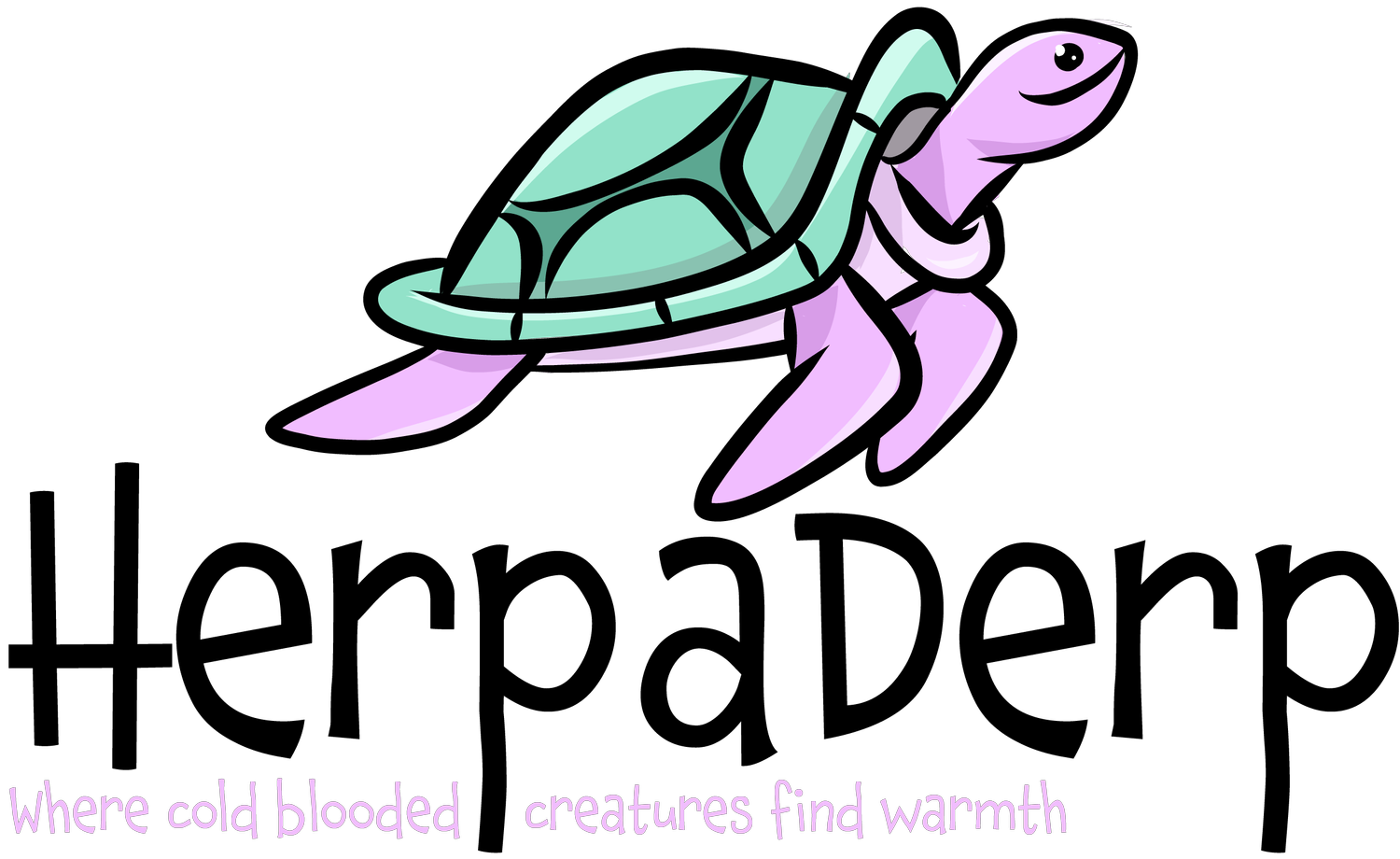The Sulcata Tortoise, also known as the African spurred tortoise, is a popular species of tortoise among reptile enthusiasts. Native to the southern edge of the Sahara Desert, these tortoises require a warm and dry habitat to thrive. They can live up to 70 years in captivity, so it's important to properly care for them throughout their lifetime.
Average lifespan: Sulcata tortoises can live up to 70 years in captivity.
Feeding requirements/diet: Sulcata tortoises are herbivores and should be fed a diet that consists mainly of grasses and hay. They also enjoy leafy greens, fruits, and vegetables. It's important to avoid feeding them high-protein foods, as this can lead to shell deformities and other health issues. Additionally, they require access to fresh, clean water at all times.
Humidity requirements: Sulcata tortoises require a dry environment with low humidity levels. They should be kept in an outdoor enclosure or a well-ventilated indoor enclosure with plenty of airflow.
Lighting/UV requirements: Sulcata tortoises require exposure to UVB lighting in order to properly metabolize calcium and prevent shell deformities. They should be provided with access to natural sunlight or a UVB light source for 12-14 hours per day.
Minimum enclosure size: Sulcata tortoises require a large enclosure with plenty of space to move around. A minimum enclosure size of 8 feet by 4 feet is recommended for one adult tortoise. They should also have access to a hide box or other shelter.
Water requirements: Sulcata tortoises require access to fresh, clean water at all times. This can be provided in a shallow water dish or by misting their enclosure.
Type of habitat, description of natural habitat: Sulcata tortoises are native to the southern edge of the Sahara Desert in Africa. They inhabit dry, arid regions and are adapted to living in hot and dry conditions.
Common illnesses: Sulcata tortoises are susceptible to respiratory infections, shell rot, and other health issues if kept in conditions that are too humid or dirty. They may also experience health problems if they are fed a diet that is too high in protein or if they don't have access to proper UVB lighting.
Morphs: Sulcata tortoises do not have much regarding color morphs, but their size can vary depending on their location of origin. Tortoises from East Africa tend to be smaller than those from West Africa.
Bioactive setup: A bioactive setup can be beneficial for sulcata tortoises, as it can help maintain a healthy and natural environment for them. This can include a substrate made of a mix of organic soil and coconut coir, along with live plants that can provide food and shelter. Additionally, a cleanup crew of isopods and springtails can help keep the enclosure clean and free of waste.
Fun fact: Sulcata tortoises are one of the largest species of tortoise in the world, with some individuals growing up to 200 pounds in weight. They are also known for their distinctive scutes, or bony plates on their shell, which can help protect them from predators in their natural habitat.
